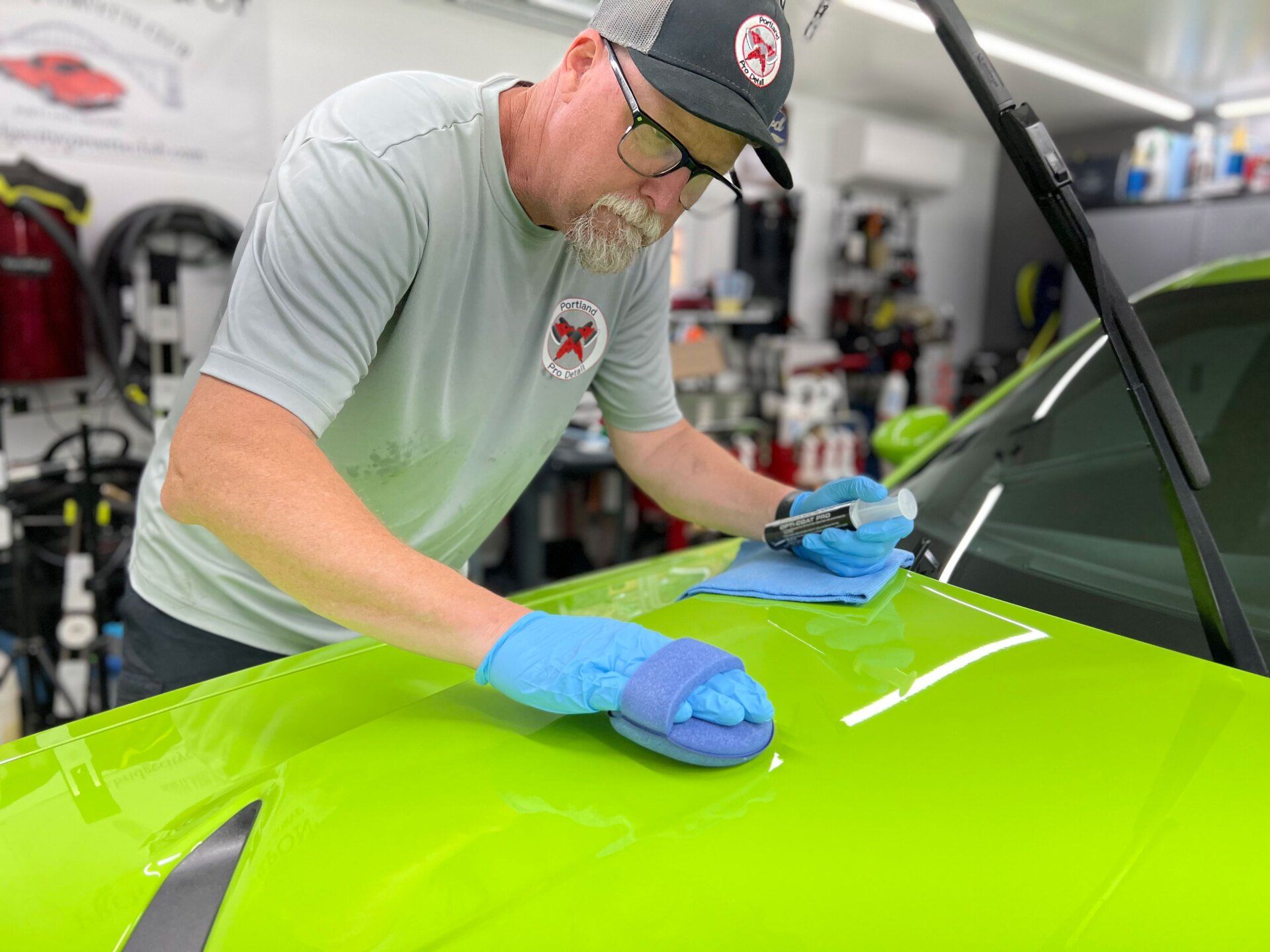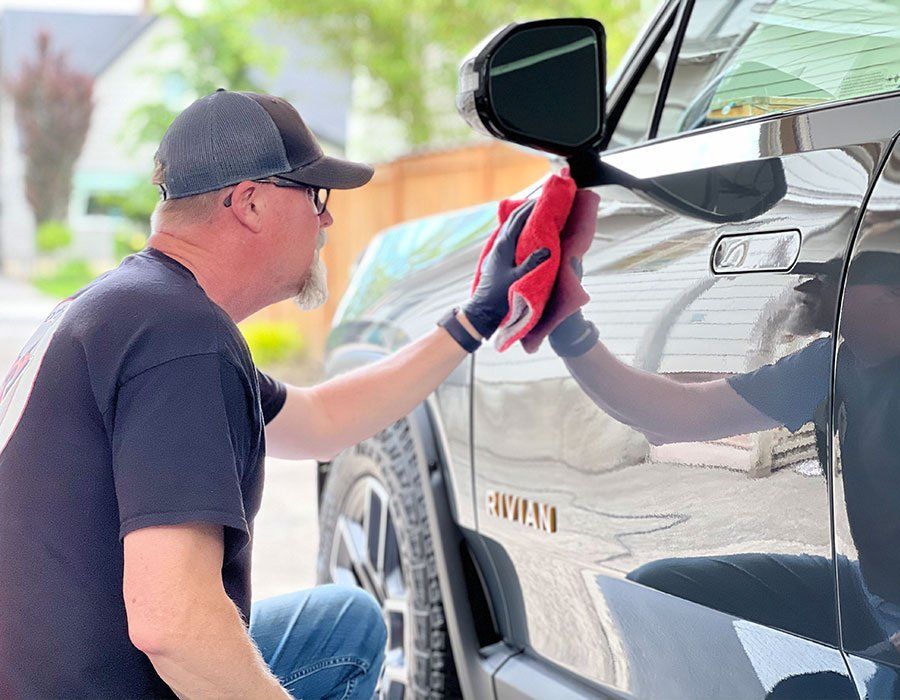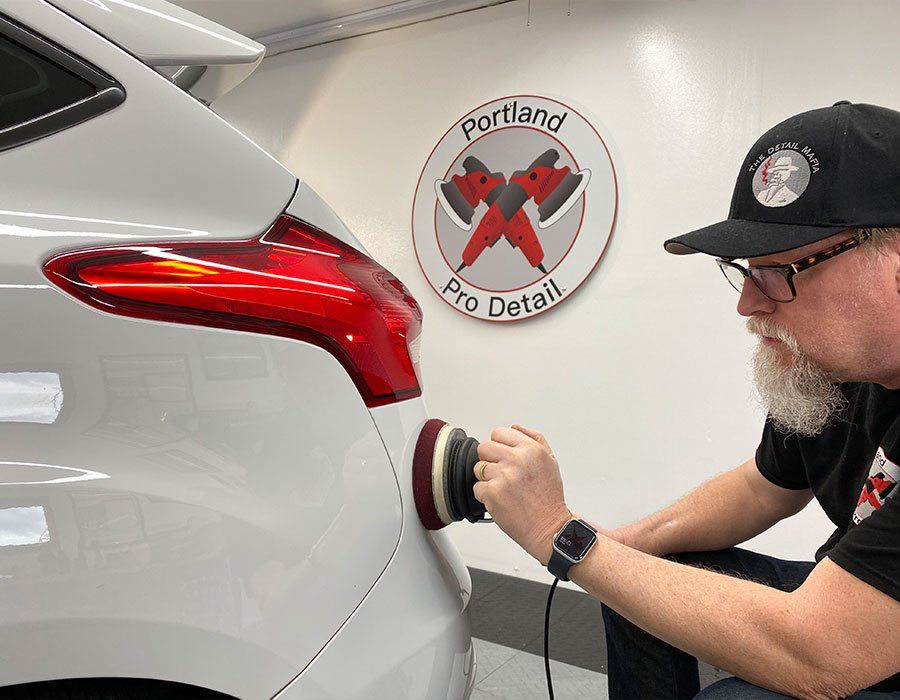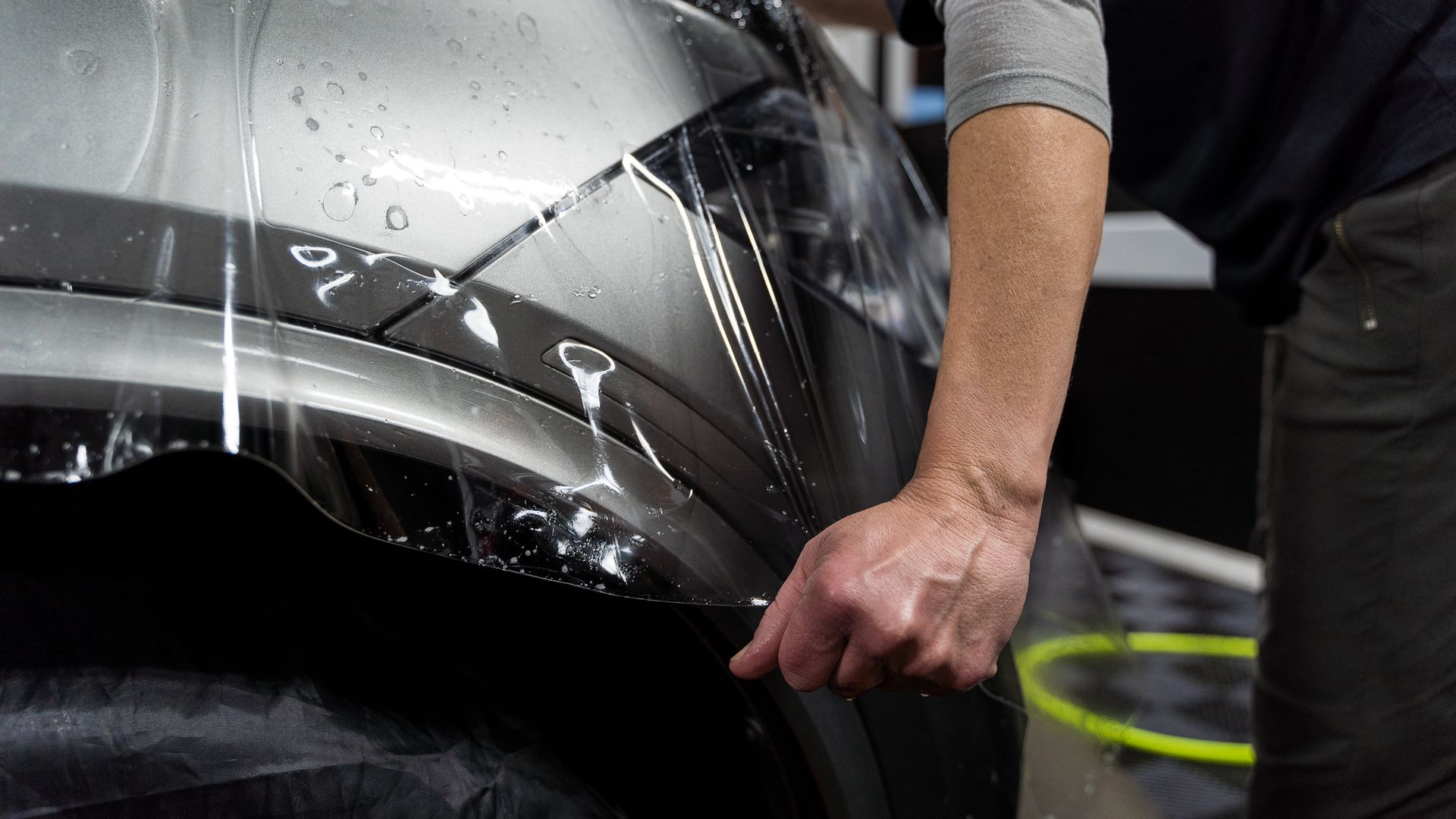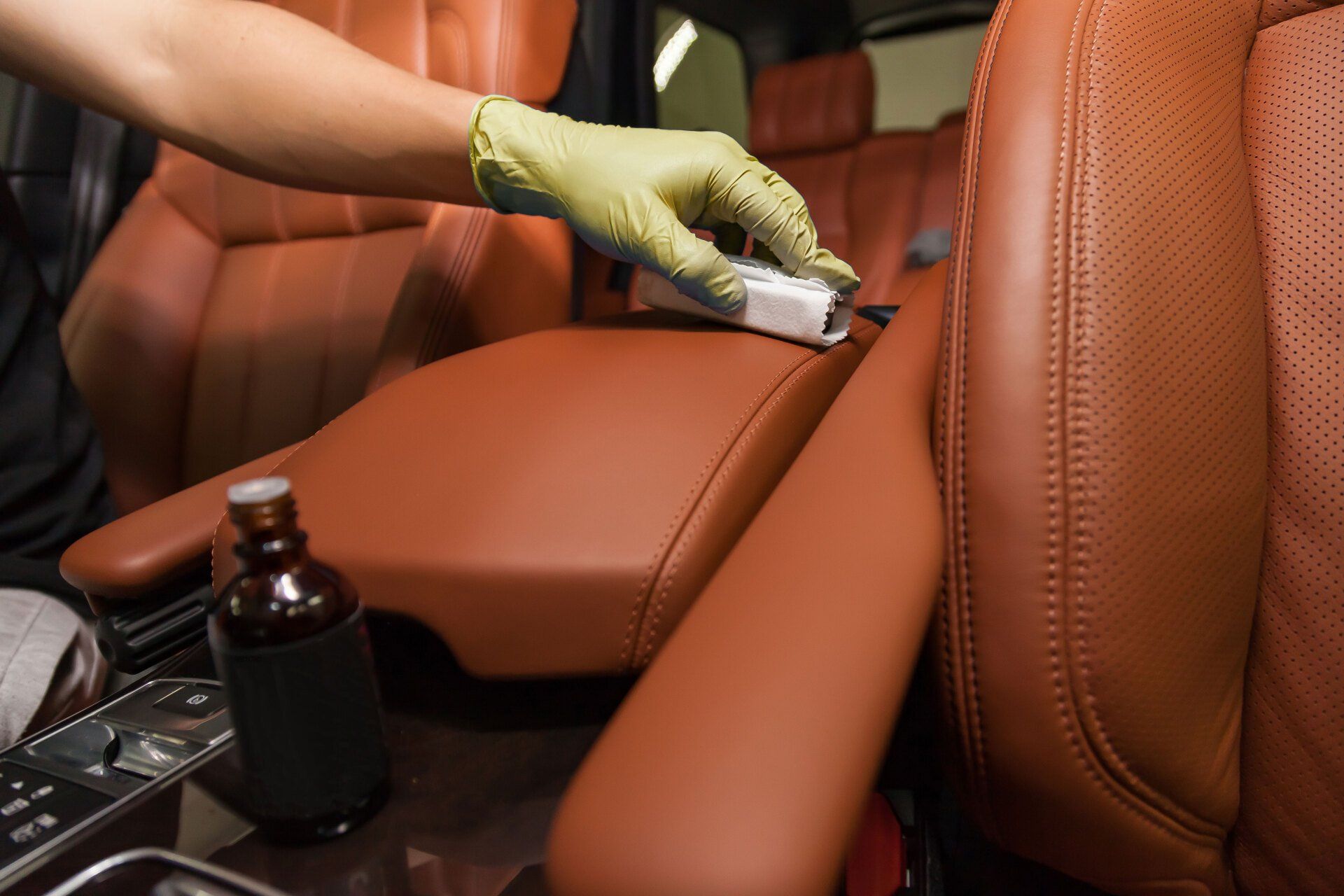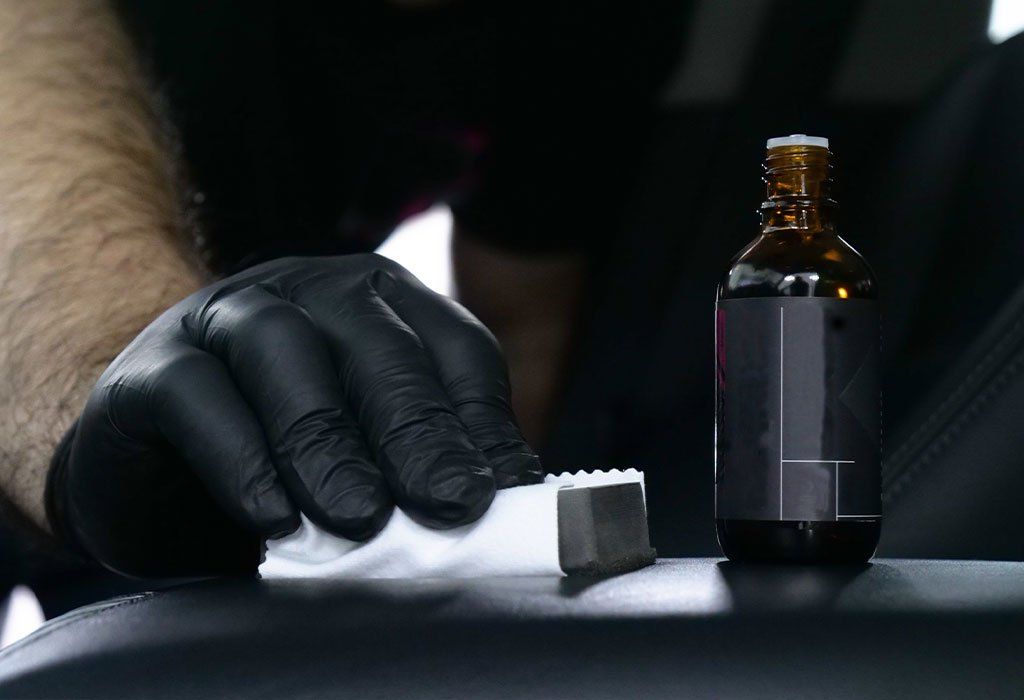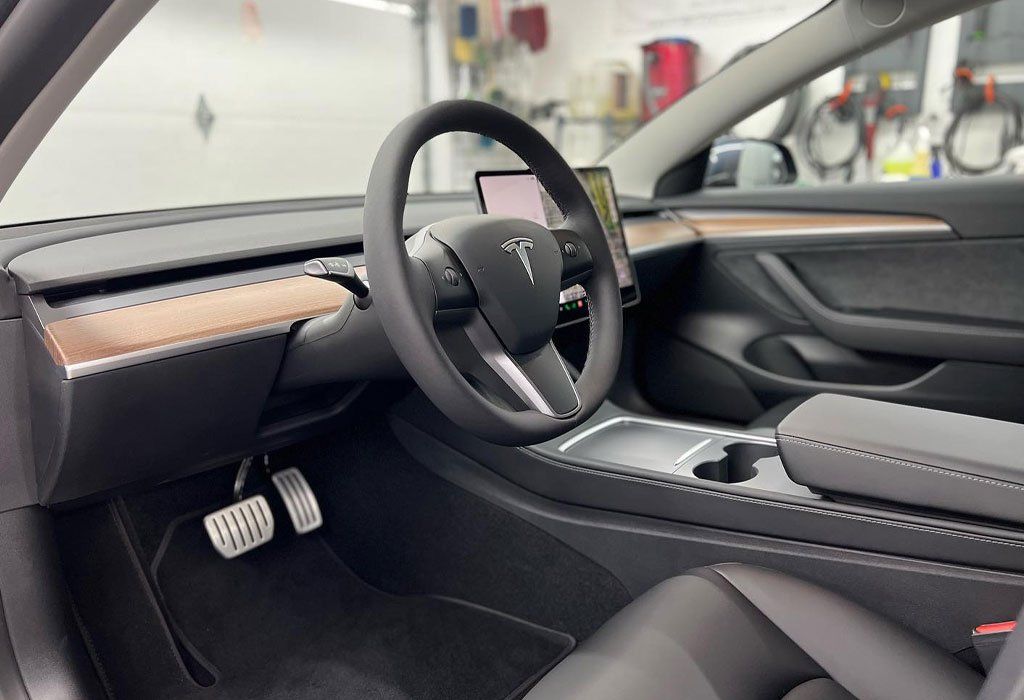Portland Ceramic Coating & Protection Blog
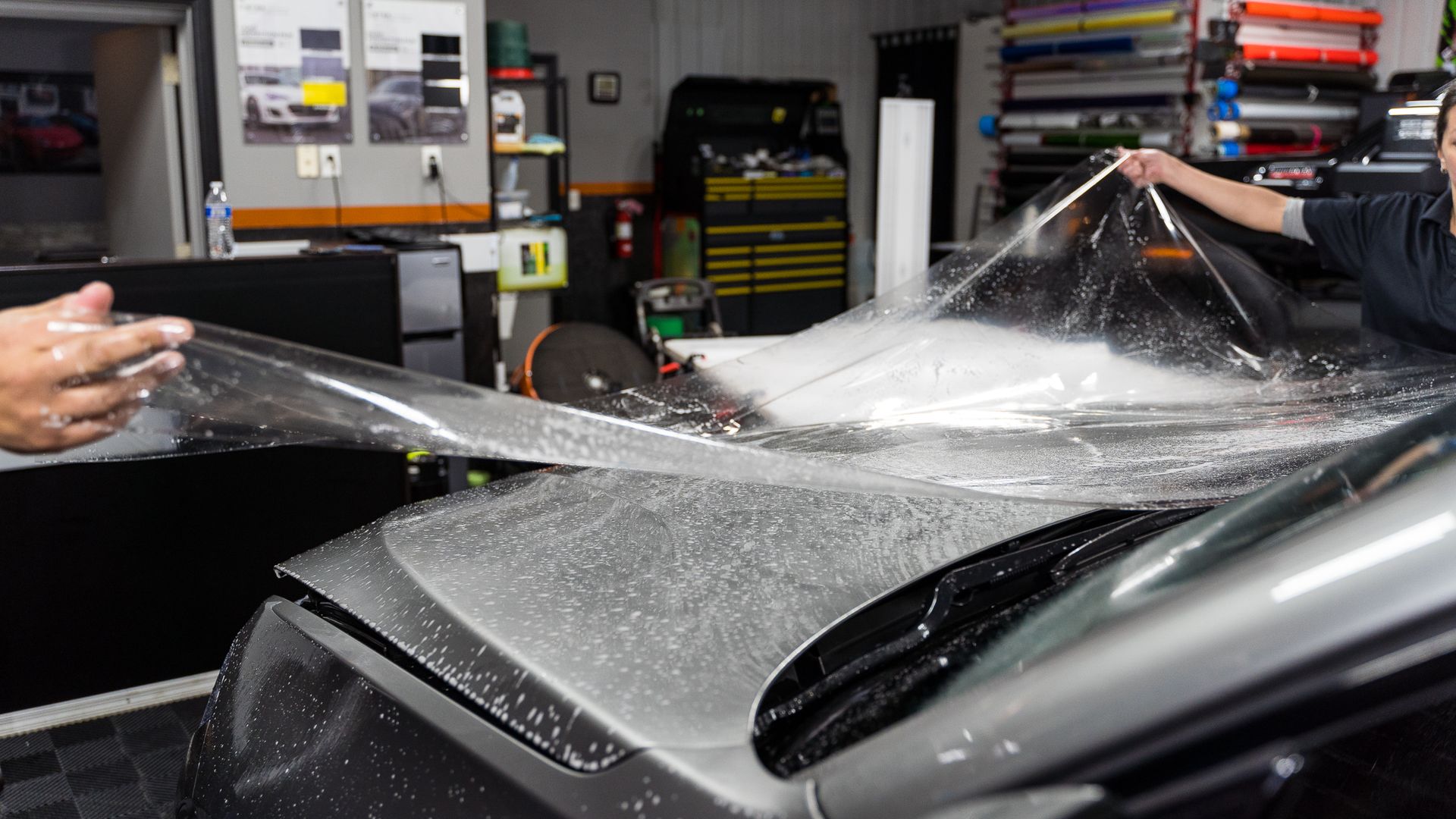
Are you tired of seeing chips and scratches marring your vehicle's pristine paint? If so, you’re not alone. Many car owners share the frustration of wanting to keep their cars looking brand new while grappling with the daily wear and tear that comes from driving. Fortunately, there’s a solution that offers both protection and peace of mind: paint protection film. By creating a strong barrier between your vehicle and environmental hazards, PPF can save you money on costly repairs down the line while ensuring your car always looks its best. Paint protection film can save money on paint repairs and touch-ups by providing a durable barrier against chips, scratches, and environmental damage to your vehicle's surface. By investing in PPF, vehicle owners reduce the frequency of costly repainting and maintain their car's aesthetic appeal, ultimately leading to long-term financial savings despite the higher initial installation cost. Protection Against Scratches and Chips One of the remarkable features of paint protection film is its ability to serve as a formidable barrier against scratches and chips. This slim yet sturdy layer of thermoplastic urethane is more than just a clear coat; it provides robust protection over your vehicle’s paintwork. When you drive, your car inevitably encounters hazards ranging from gravel to rogue branches, all potential threats to your paint. Yet, with a quality PPF application, these risks are significantly mitigated. The key lies in how this film functions. A paint protection film is designed to absorb impacts, allowing it to take the brunt of damage that might otherwise mar your vehicle's finish. Vehicles equipped with PPF experience up to a 70% reduction in paint scratches compared to those going without it. This tangible reduction not only enhances the aesthetic appeal but also translates into economic savings; the average cost for repainting a scratch can reach $500. It's easy to see why investing in PPF could be more cost-effective in the long run. Imagine taking a road trip down a gravel-laden country road. Each time you encounter flying stones or debris, your heart races a little—worried about possible chips or scratches. But with a paint protection film installed, you can navigate those treacherous paths with confidence, knowing that your vehicle is protected. Additionally, these protective films not only guard against physical threats but also combat environmental damage such as UV rays and acid rain that can hasten paint deterioration. Saving on Long-Term Repair Costs Long-term savings is one of the most compelling reasons to invest in paint protection film. Many people get caught up in the initial costs and overlook the significant long-term benefits. While the first installation of paint protection film may set you back around $2,000-$5,000, it can actually save you money by reducing the need for frequent touch-up paint jobs. Consider that each touch-up job can range between $300 and $500. Now, think about how quickly those expenses can accumulate over time. If you need just three touch-up jobs per year for minor dings, you're looking at an annual expenditure of between $1,200 and $1,500. Over a four-year period, those repairs could total a staggering $4,800! When compared against the initial cost of paint protection film, which typically incurs no extra fees once installed, the savings become clear. After four years without touching your paint due to PPF’s protective layer, consider how much you've saved: essentially all of your previous painting expenditures would have been entirely avoided. For many owners who care about their vehicles' aesthetics and resale value, that upfront cost starts to make sense when juxtaposed with potential future costs.
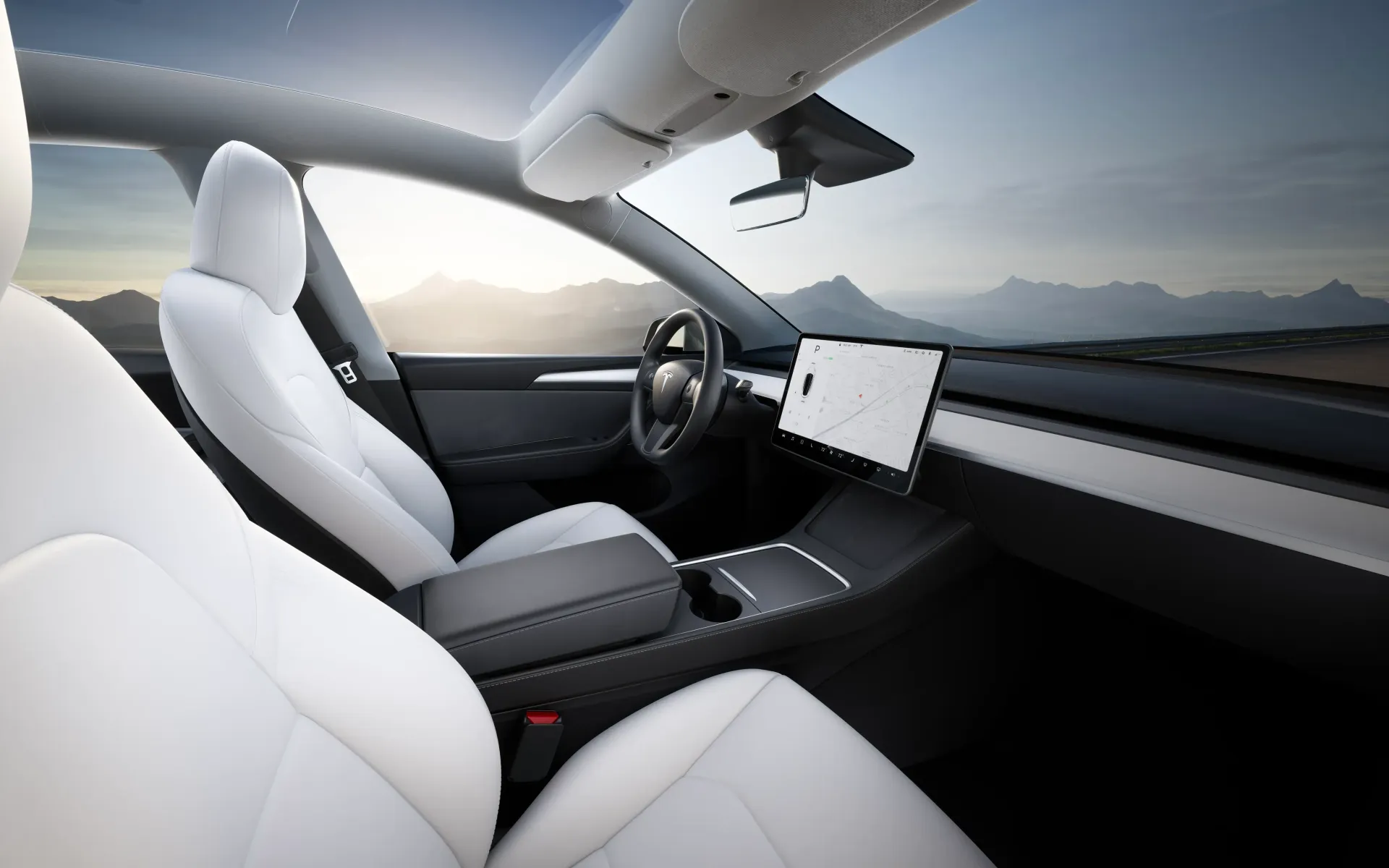
When you think about mold and mildew, your car probably isn’t the first place that comes to mind. Yet, if you’ve ever dealt with that musty smell or seen unsightly spots on your upholstery, you know how quickly these unwelcome guests can invade your vehicle. Fortunately, interior coatings are here to save the day! These specialized treatments create a barrier that keeps moisture at bay, making it much harder for mold to take root. Investing in a quality interior ceramic coating transforms the ride, turning what once felt like a damp cave into a fresh and inviting space. Interior ceramic coatings play a crucial role in preventing mold and mildew growth by creating a moisture-resistant barrier that inhibits humidity accumulation within the vehicle. Professional interior detailing services not only deep clean surfaces to eliminate existing spores but also apply protective treatments that remove moisture traps, ensuring a drier environment that reduces the risk of future mold development. How Interior Ceramic Coatings Prevent Mold Mold loves to hang out in damp corners, and your car’s interior can become its cozy home if you're not careful. Luckily, specialized interior ceramic coatings are designed to combat this issue effectively. One of the primary features of these ceramic coatings is their hydrophobic nature, which repels water and prevents moisture from settling on frequently used surfaces like seats, carpets, and dashboards. When surfaces stay dry, they become significantly less hospitable for mold spores, reducing their chances of colonizing and thriving. In addition to hydrophobic properties, many of these coatings contain antimicrobial agents that actively target and eliminate mold spores. These antimicrobial coatings have been shown to reduce mold growth by up to 99% in controlled environments. It's fascinating how a simple application can create an environment that actively resists mold proliferation rather than just reacting to it after the fact. Naturally, it's crucial to invest in high-quality products when considering treatments for your car. For instance, ceramic coatings containing nanoparticles have been shown to provide a good percentage reduction in spore viability just 24 hours after application. This means that in addition to keeping things dry, you get added protection that works almost immediately! By providing these robust defenses, you're not only prolonging the aesthetics of your vehicle but also making significant strides toward maintaining its overall health.

